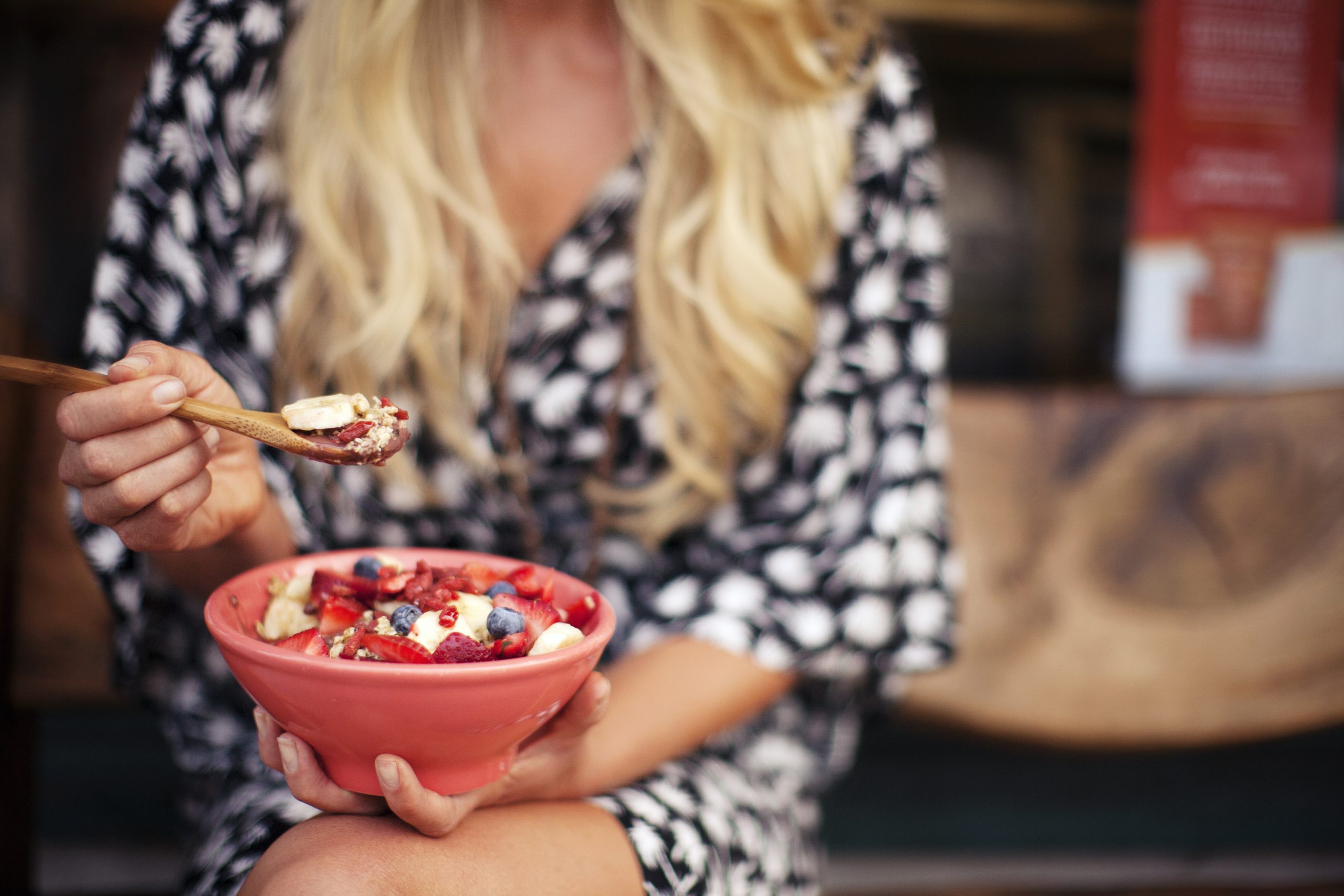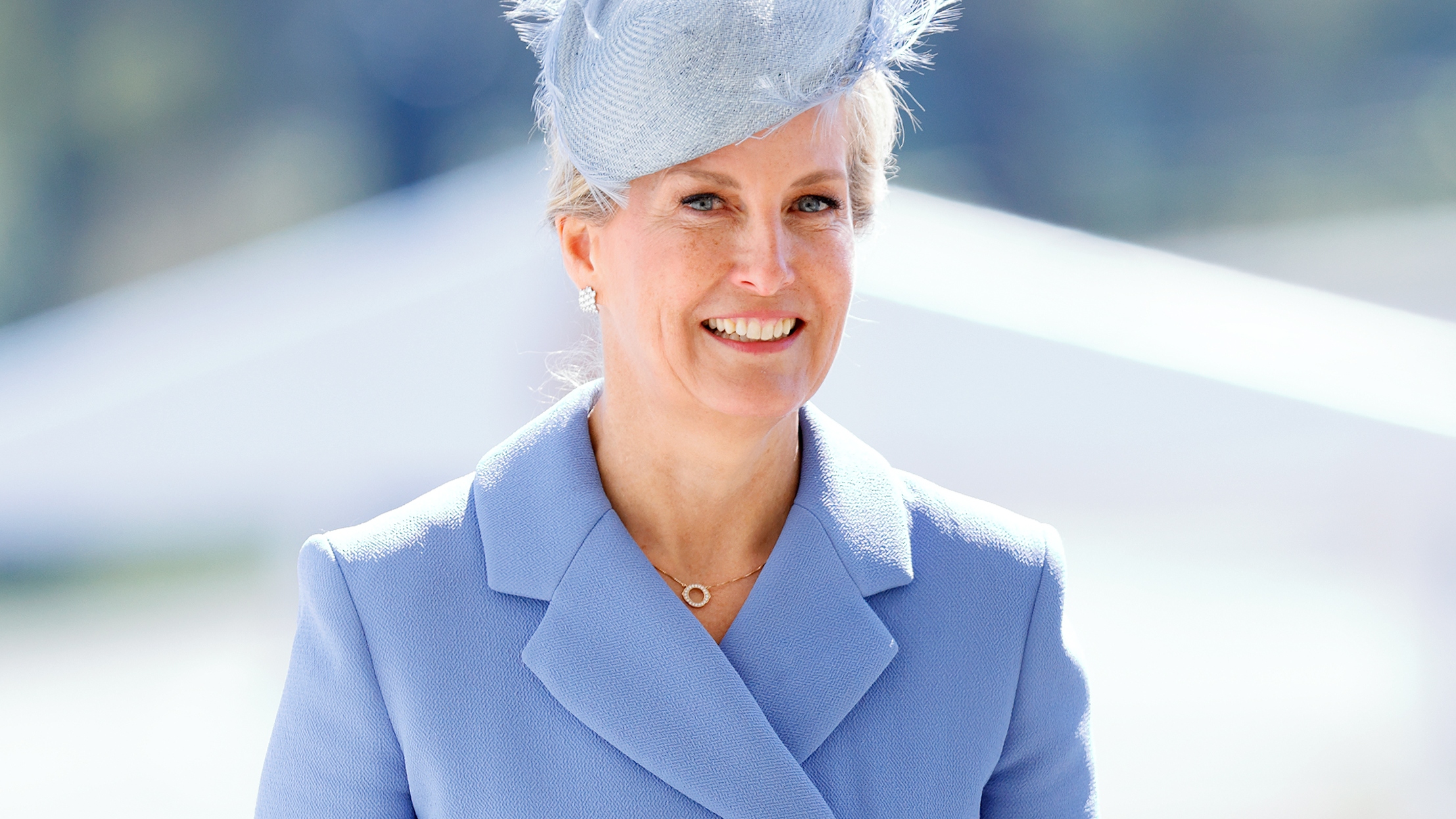Could a high fibre diet be the secret to a healthier gut, more energy and better health all round?
It’s not just your gut that will benefit from a daily hit, fibre can boost other areas of your health too.


In all its roughage glory, fibre is going to be big this year.
“Fibre is becoming more popular, as people have woken up to the fact that it’s actually a really important nutrient and included in many of the gut-healthy foods out there,” says Rob Hobson, head of nutrition at Healthspan.
But unfortunately we’re just not getting enough in our diets. The experts recommend we aim for 30g of fibre daily. But only 4% of women are managing that. On average we only get 17g a day – and our bodies are suffering as a result.
A high fibre diet: what will it do for your health?
When we think of fibre, our digestive system instantly springs to mind. After all, it’s essential to ensure the smooth transit of waste through the colon and to aid in preventing issues, such as constipation. Depending on the variety, fibre can act as a pre or probiotic too.
“Indigestible varieties help feed the bacteria in your gut,” explains Rob.
“These prebiotics help promote a healthy microbiota (the bacteria, viruses and fungi that live in your body).” Beta-glucans, found in oats and barley, act as a prebiotic. What’s more, evidence shows that a diet high in fibre may also help reduce the threat of bowel cancer.
Researchers from Imperial College London found that for every 10g a day increase in fibre there was a 10% drop in the risk of bowel cancer. But the benefits of fibre go much further than the 30 feet of our digestive tract. “It helps keep our heart healthy and reduces cholesterol,” says Rob. “And it’s key for keeping our weight on track and maintaining balanced blood sugar levels.”
Sign up for the woman&home newsletter
Sign up to our free daily email for the latest royal and entertainment news, interesting opinion, expert advice on styling and beauty trends, and no-nonsense guides to the health and wellness questions you want answered.
Soluble verses insoluble fibre
✢ Soluble fibre absorbs water, and attaches to cholesterol particles and takes them out of the body, reducing the risk of heart disease. And because it isn’t absorbed, it doesn’t spike your blood sugar levels. Good sources: oats, nuts, seeds, beans, apples and berries.
✢ Insoluble fibre doesn’t dissolve in water and remains intact as the food moves through your gut. It acts like a broom through your bowel, speeding up the process and movement of waste and preventing constipation. Good sources: brown rice, wheat bran, rye, spelt, fruits and vegetable
What is the right daily fibre requirement?
Experts recommend around 30g a day with ¼ (around 7.5g) coming from soluble fibre – that’s a 40g bowl of porridge and 1 medium apple – and ¾ (around 22.5g) from insoluble fibre. Try 40g wheat bran, one medium banana and three spears of broccoli. Or try Rob’s grain salad 75g cooked quinoa + 50g mixed leaves and 4 cherry tomatoes + ½ avocado + 2tsp pumpkin seeds = a flavoursome fibre fix.
High fibre foods
It’s easy to up our daily intake. Start swapping white bread, pasta and rice (which sit among the worst foods for gut health) for brown varieties, include plenty of wholegrains (such as oats, quinoa and rye), nuts, seeds and dried fruit, as well as ramping up your vegetable consumption.
“These are not only a great source of fibre, but contain many of the micronutrients needed to allow your body to function properly and fight disease,” says Rob. We all need a mix of different types of fibre. Soluble fibre absorbs water to become a gel-like mass. This slows down the rate at which food leaves the stomach, which helps you feel full, plus it prevents spikes in our blood sugar by moderating the absorption of carbohydrates.
Insoluble fibre doesn’t absorb fluid, but traps and retains the water pulled from your intestine, adding bulk and moisture to waste and preventing constipation.
Lauren is the former Deputy Digital Editor at woman&home and became a journalist mainly because she enjoys being nosy. With a background in features journalism, Lauren worked on the woman&home brand for four years before going freelance. Before woman&home Lauren worked across a variety of women's lifestyle titles, including GoodTo, Woman's Own, and Woman magazine.
-
 Forget-me-not blue is the pastel Duchess Sophie always comes back to - it might've overtaken pistachio as our favourite this season
Forget-me-not blue is the pastel Duchess Sophie always comes back to - it might've overtaken pistachio as our favourite this seasonThe royals love wearing a range of colours for engagements and visits, but there are a few hues that each of them gravitate towards the most.
By Emma Shacklock Published
-
 Not sure how to wear shorts this summer? Gwyneth Paltrow just gave us the ultimate laid-back outfit formula
Not sure how to wear shorts this summer? Gwyneth Paltrow just gave us the ultimate laid-back outfit formulaHer crisp white Bermuda shorts and light blue shirt combination is polished, comfortable, and super easy to recreate
By Molly Smith Published